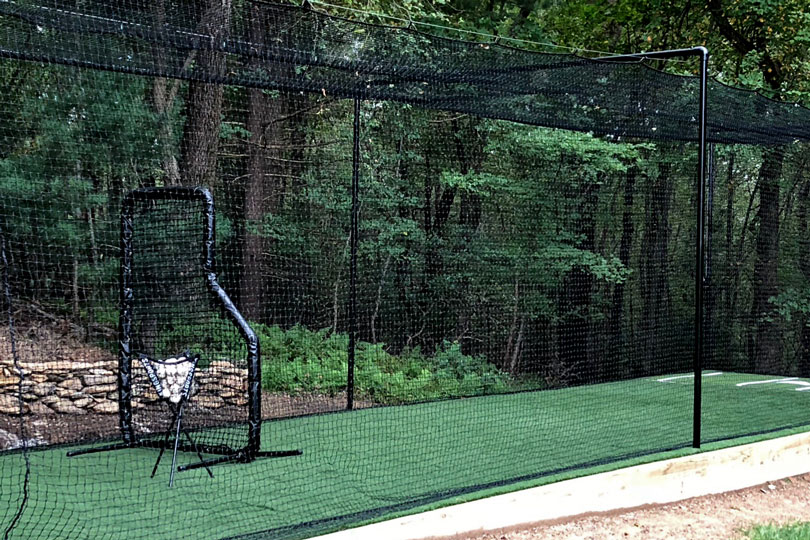How to Improve Reflexes Through Sport Action
Reflexes play a vital role in athletic performance, enabling swift responses to dynamic situations. Whether dodging an opponent, intercepting a pass, or reacting to a sudden change in gameplay, sharpened reflexes are what set elite athletes apart. Fortunately, you can Improve Reflexes with Sport by incorporating targeted exercises and drills into your routine. These activities not only enhance speed but also build the mental acuity required for split-second decisions.
Understanding Reflexes in Sports
Reflexes are automatic responses to stimuli, controlled by the nervous system. In the realm of sports, reflexes are what allow a basketball player to steal a ball mid-dribble or a goalkeeper to dive just in time to block a goal. However, reflexes are not purely innate. Through deliberate Sport Action Reflex Training, they can be significantly improved.
Top Reflex-Building Exercises
1. Reaction Ball Training
A reaction ball is an irregularly shaped tool designed to bounce unpredictably, forcing you to react instantly. This drill is an excellent way to Enhance Reaction Time while improving hand-eye coordination.
- Single-Bounce Catch: Drop the ball and catch it as quickly as possible after the first bounce.
- Wall Reaction Drill: Toss the ball against a wall and prepare for its erratic return trajectory.
These exercises simulate the unpredictability of real-game scenarios, honing your ability to anticipate and adapt.
2. Shadowboxing for Precision and Speed
Shadowboxing is not just for fighters—it’s a versatile exercise to Improve Reflexes with Sport. By focusing on rapid punches and dodges, you build timing, accuracy, and quick decision-making.
- Incorporate light footwork and punches while imagining an opponent’s movements.
- Increase intensity by using resistance bands to mimic real-world challenges.
This exercise demands full-body coordination, ensuring a seamless connection between thought and movement.
3. Light and Sound Reaction Drills
Introducing external stimuli such as lights or sounds adds complexity to reflex training.
- Light Cue Sprint: Sprint in a specified direction when a light flashes.
- Sound-Based Reaction Drill: Clap or whistle signals sudden movement, keeping you alert and reactive.
These drills are a cornerstone of Sport Action Reflex Training, as they replicate the sensory overload often experienced in competitive environments.
4. Table Tennis or Paddle Sports
Engaging in fast-paced sports like table tennis is a fun and effective way to Enhance Reaction Time. The high-speed gameplay requires quick reflexes to track and return the ball.
Even casual games provide a robust workout for your reflexes and decision-making abilities. Over time, you’ll notice improved agility and mental clarity on the field.
5. Agility Ladder with Reaction Elements
Combine agility drills with reflex-building techniques for maximum impact. Set up an agility ladder and incorporate sudden directional cues.
- A partner can call out commands mid-drill, such as “Left!” or “Right!”
- Add unexpected movements like jumps or stops to mimic game-day unpredictability.
This hybrid approach boosts not only reflexes but also overall athletic coordination.
The Role of Mental Training
Physical drills are just one part of the equation. Reflex improvement relies heavily on mental acuity. Visualization techniques, mindfulness, and reaction-focused video games can all contribute to quicker decision-making. These activities train your brain to process stimuli faster, complementing physical Reflex-Building Exercises.
Visualization Techniques
Before stepping onto the field, mentally rehearse scenarios where reflexes are key. Picture yourself dodging an opponent or catching a fast pass. Visualization primes your nervous system, making actual movements feel second nature.
Reaction-Centric Video Games
High-intensity games that require split-second decisions can help sharpen reflexes in a fun, engaging way. These games enhance focus, peripheral vision, and reaction speed, reinforcing the benefits of Sport Action Reflex Training.
Tips for Consistency
Consistency is crucial for building reflexes. Dedicate at least two to three sessions per week to reflex-focused training. Mix up your drills to challenge different aspects of your reflexes, ensuring steady progress.
Proper rest and recovery are equally essential. Fatigue diminishes reaction speed, so ensure you’re well-rested before tackling high-intensity drills. Hydration and balanced nutrition also play a critical role in maintaining optimal neural function.
Benefits Beyond Athletics
Enhanced reflexes aren’t limited to sports performance. Quick reaction times improve daily activities, from driving to multitasking in professional settings. Reflex training boosts cognitive sharpness, making you more efficient and focused in all areas of life.
Final Thoughts
Reflexes are a dynamic aspect of athleticism, crucial for thriving in fast-paced sports. By embracing Reflex-Building Exercises and incorporating Sport Action Reflex Training, you can unlock a new level of performance. Remember, reflexes are not just about speed but also precision, control, and adaptability. Commit to these practices, and the results will not only elevate your game but also enrich your everyday life.
Train with purpose, and let your reflexes do the talking when it matters most.


